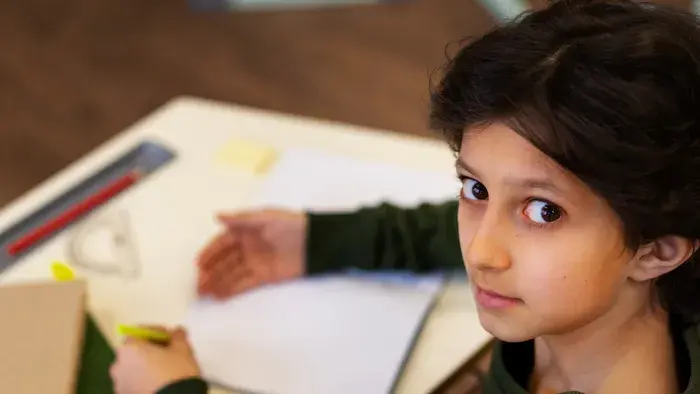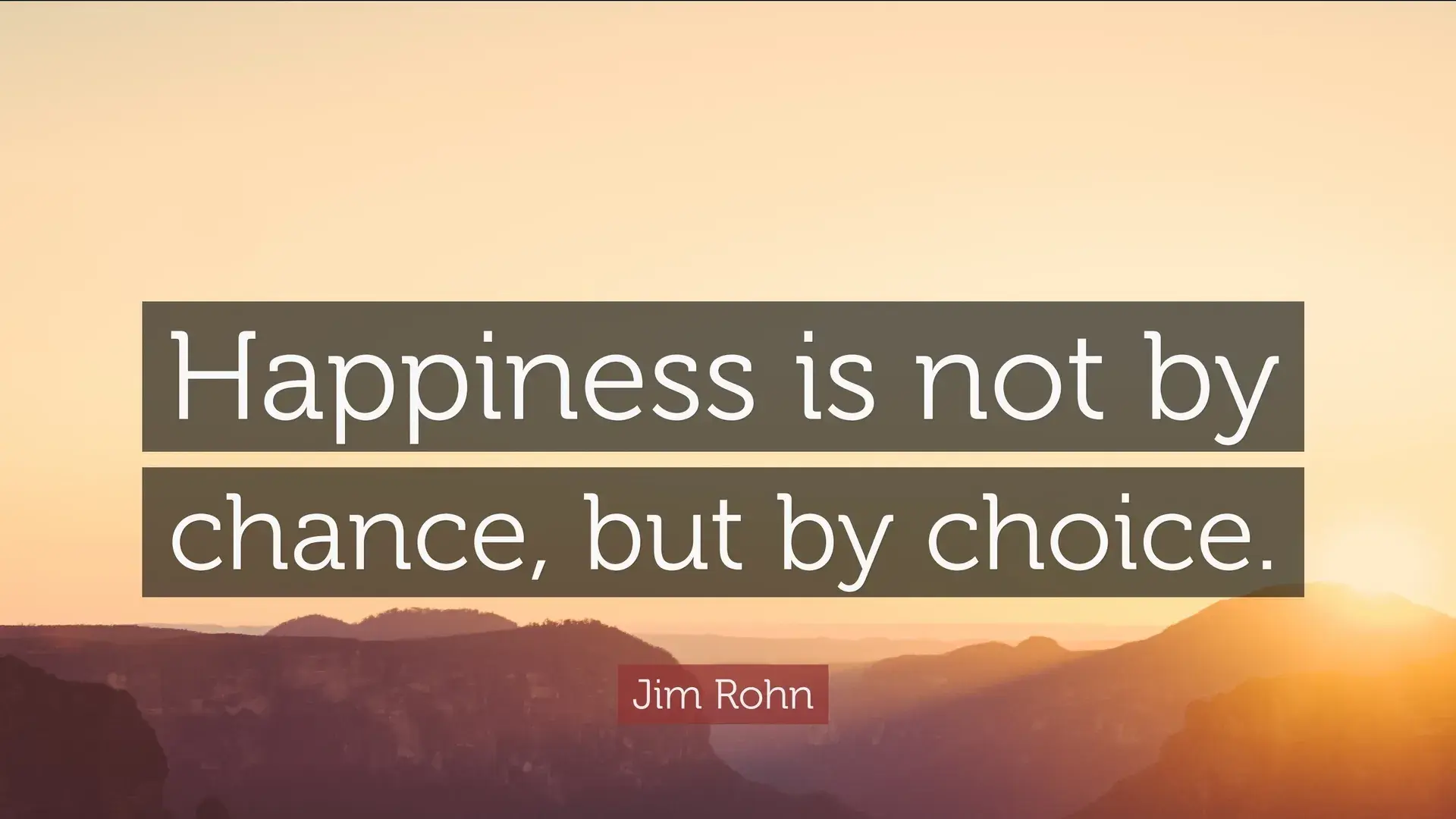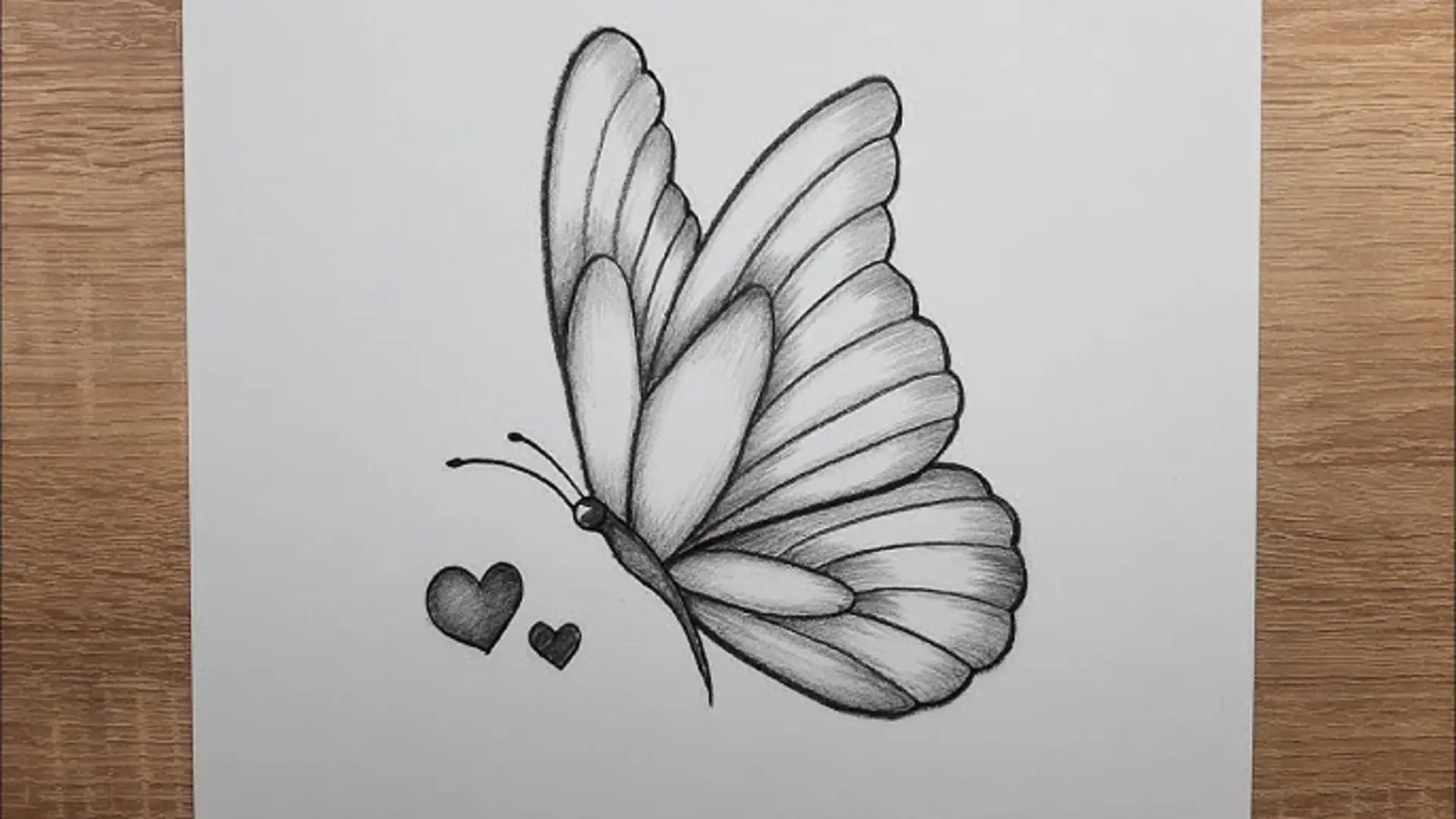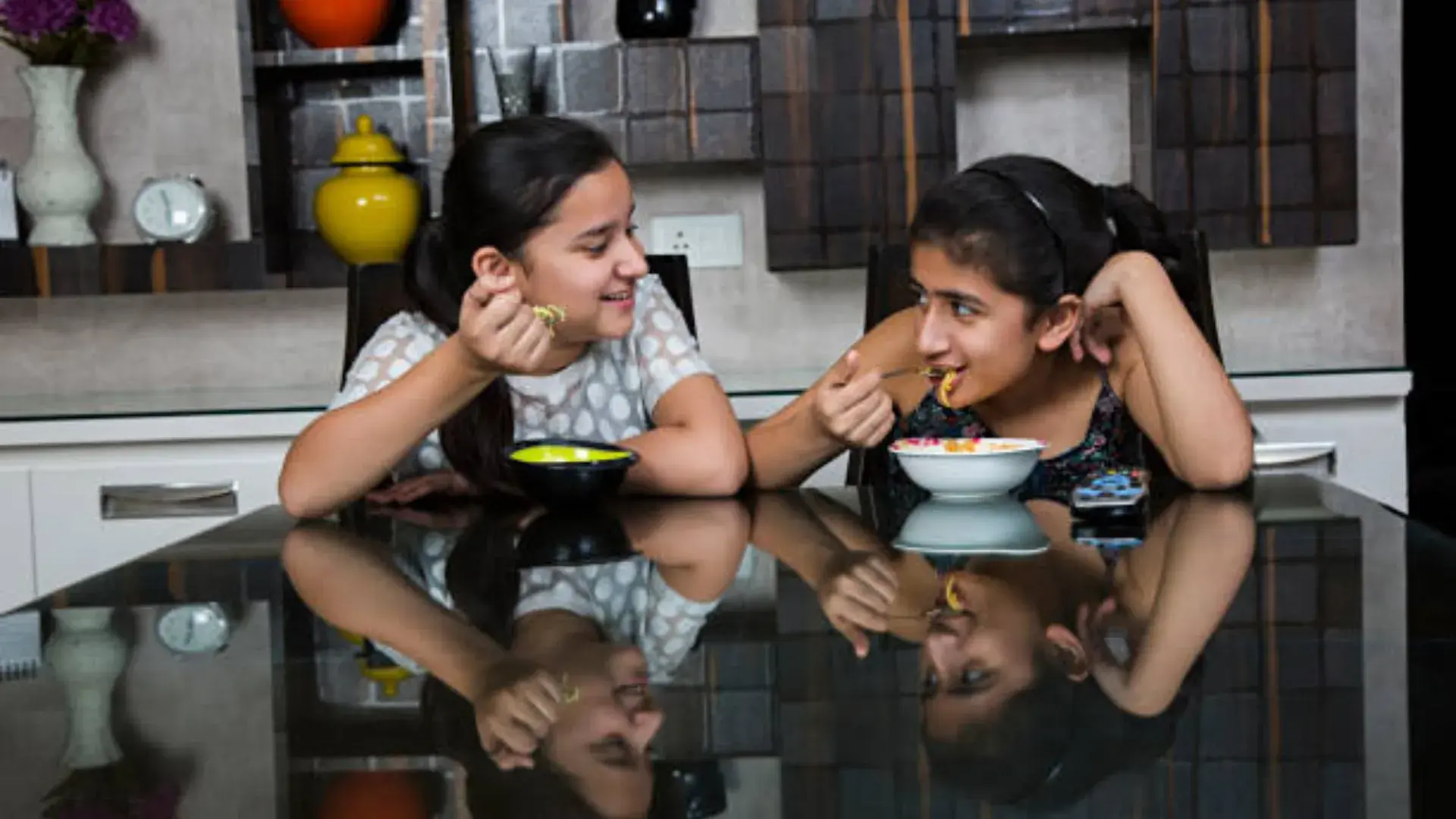Parenting – a journey with no destination
HomeParenting Topics
Parenting Preparedness
Parenting Insights
Tips to get your child physically ready for a return to school
Physical health is essential, especially for children. Learning good habits early in life keeps them physically, and mentally healthy. It also helps them manage their academic performance.
Infant (0-1)
Shania’s world is her mom and she is 100% dependent on her. She absorbs and explores the world through her parents.Sheetal is ecstatic at the arrival of her baby but she is also struggling to balance between her baby and her career. She is also trying to understand the nuances of parenting and wants nothing but the best.
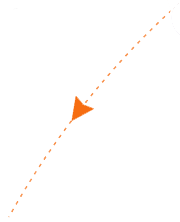
Toddlers & Pre-Schoolers (2-5)
Shania has started developing her own identity and wants to explore the world but with the security of her parents by her side. She is going through separation anxiety as she begins school.Sheetal is now more adept at handling her child but is overwhelmed with introducing solid food, clinginess, toddler tantrums and is now straddling between work and home.

Middle Childhood (6-10)
Shania is now a primary schoolgoer with her own life of academics, extra-curricular activities and friends. She is still highly dependent on her parents to help her with her studies and other things.Sheetal now has more time apart from her child and chooses how she wants to spend it. Her days whizz byjuggling home, Shania, work and social life.

Young Teen (11-14)
Shania now knows the importanceof her academics and extra-curricular activities. She is going through huge changes in her body and mind and turns to her friends for support and sharing. She has started demanding privacy but is still dependent on her parents.Sheetal wants to stay very connected with her child but doesn’t want to be intrusive as her child keeps asking for privacy. She is trying to treat her daughter like an adult and realises being over strict at this age is detrimental.
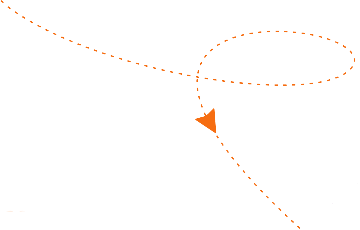
Teens (15-19)
Shania now has charted out her future and needs to leave home for university. She is independent and occasionally indulges in discussions with her parents who are now like her friends. She is now exploring the world of relationships. Sheetal feels a little distant from her child but is satisfied to see her daughter blooming in her life. The parents find to adjust to their empty nest and refocus on each other and their lives.
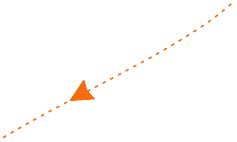
Young Adults (20-30)
She is an adult now, running her own life and her parents have become her buddies. She has her own family now and realizes she has to now jugglebetween her kids, taking care of her parents and her work.Sheetal and her husband are getting older and some health issues have started seeping in, but they find solace in Shania’s life and try to help her and stay involved as she juggles a busy life.
Popular Topics
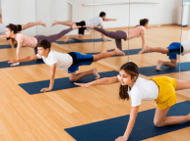
How VIT D helps in building sustained str...
Reviewed By Apurva Surve, Sports Nutritionist
ARTICLE |3 MINS

How VIT D helps in building sustained str...
Reviewed By Apurva Surve, Sports Nutritionist
ARTICLE |3 MINS

How VIT D helps in building sustained str...
Reviewed By Apurva Surve, Sports Nutritionist
ARTICLE |3 MINS
What Do You Want Out Of Your Journey As A Parent And As A Person?
Attempt to pick 5 from each set to arrive at what will probably keep you content.
What Drives Me?
As a person…
Treating my career as important.
- Hormones change as puberty begins.
Taking care of my family.
- Hormones change as puberty begins.
Being financially stable.
- Hormones change as puberty begins.
Considering fitness and health to be important.
- Hormones change as puberty begins.
Consciously taking out ‘me time’.
- Hormones change as puberty begins.
Building meaningful relationships with family and friends.
- Hormones change as puberty begins.
Working towards better spiritual and mental health.
- Hormones change as puberty begins.
Embracing my failures.
- Hormones change as puberty begins.
Working on self-improvement.
- Hormones change as puberty begins.
Challenging myself
- Hormones change as puberty begins.
As a parent…
Creating a little quality time every day with my child.
- Hormones change as puberty begins.
Not letting screen time be a distraction.
- Hormones change as puberty begins.
Consciously planning holiday breaks.
- Hormones change as puberty begins.
Instilling a healthy, positive attitude in them.
- Hormones change as puberty begins.
Teaching children how to celebrate failure and cope with it.
- Hormones change as puberty begins.
Teaching financial management.
- Hormones change as puberty begins.
Working towards becoming a coach and mentor to my child.
- Hormones change as puberty begins.
Raising a child who is goal-oriented and focused.
- Hormones change as puberty begins.
Teaching my child to live a greener life.
- Hormones change as puberty begins.
Raising a sensitive and tolerant child.
- Hormones change as puberty begins.
Understanding The In-Between Years Of Your Child.
If your child is between 6 and 14 years of age, know that they are now at the most impressionable phase of their lives. A sound understanding of their growth milestones will help you prepare for the journey ahead.
Milestones For Young Children
6-8 years of age
Developmental:
- Physical, mental, social skills develop quickly.
- Children start self-dressing.
- Start catching balls using only their hands.
- Start tying shoelaces.
- Friendships become important.
Emotional:
- Show more independence from parents and family.
- Start to think about the future.
- Understand more about his or her place in the world.
- Pay more attention to friendships and teamwork.
- Want to be liked and accepted by friends.
Thinking & learning:
- Show rapid development of mental skills.
- Learn a better way to describe experiences and talk about thoughts and feelings.
- Have less focus on one’s self and more concer for others.
9-11 years of age
Developmental:
- Peer pressure and influence.
- Gain a sense of responsibility.
- Physical changes of puberty might be showing by now, especially for girls.
Emotional:
- Start to form stronger, more complex friendships and peer relationships. Experience more peer pressure.
- Become more aware of his or her body as puberty approaches.
- Body image and eating problems.
Thinking & learning:
- Face more academic challenges at school.
- Become more independent from the family.
- Begin to understand others’ point of view more clearly.
- Have an increased attention span.
12-14 years of age
Developmental
- Hormones change as puberty begins.
- Facial growth & pubic hair begin to appear in boys.
- Breast development & pubic hair growth in girls. It’s time for the arrival of the menstrual cycle as well.
Emotional:
- Show more concern about body image, looks, & clothes.
- Experience mood swings too often.
- Get easily influenced by their peer groups.
- Express less affection toward parents.
- Experience more peer pressure.
Thinking & learning:
- Have more ability for complex thought.
- Be better able to express feelings through talking.
- Develop a stronger sense of right and wrong.
Mapping The Evolution Of Influences On Children Across Generations
While we bring up the precocious Gen Z/Gen Alpha kids today, it is critical for us to understand their influences and how different they are from us growing up as the Millennials or the Gen X. Their thinking and behavioural processes are hence naturally different.Let’s have a look.
Gen Y (Millennials, 1980-1995)
Gen Y (Millennials, 1980-1995)
- Comics/books, television with limited shows, Indian celebs, limited outings, fear of teachers, fear of parents, striving for stability, small social circle, joint families, limited Indian brands, video games, common landline phone, outdoor play, eating out on special occasions, focus only on academics, limited internet on desktop, more siblings and cousins.
Gen Z (1996-2012)
Gen Z (1996-2012)
- Technology advancement, kids’ channels, online games, friendly teachers, friendly parents, entrepreneurship ecosystems, focus on extra-curriculars, the advent of social media, global tensions, international brands, mobile phones, e-books, limited outdoor play, vast social circle, international exposure, nuclear families, no sibling or just one.
Gen Alpha (2012-2024)
Gen Alpha (2012-2024)
- Digital age, smart technology, e-commerce, penetration of social media, changing family dynamics, ease of life, OTT kids’ channels, ed-tech, pandemic, age of start-ups, much more international exposure, permissive & conscious teachers, permissive and aware parents, no sibling or just one, double income.
Given this diversity of influences, it is undoubtedly a challenge for modern-day parents to empathize with their kids and support them in all their decisions. They may often be torn between the style of their own upbringing and the parenting style their kids need. Let’s look at the image below and try and encapsulate some modern-day parenting challenges.
Modern-Day Parenting Challenges
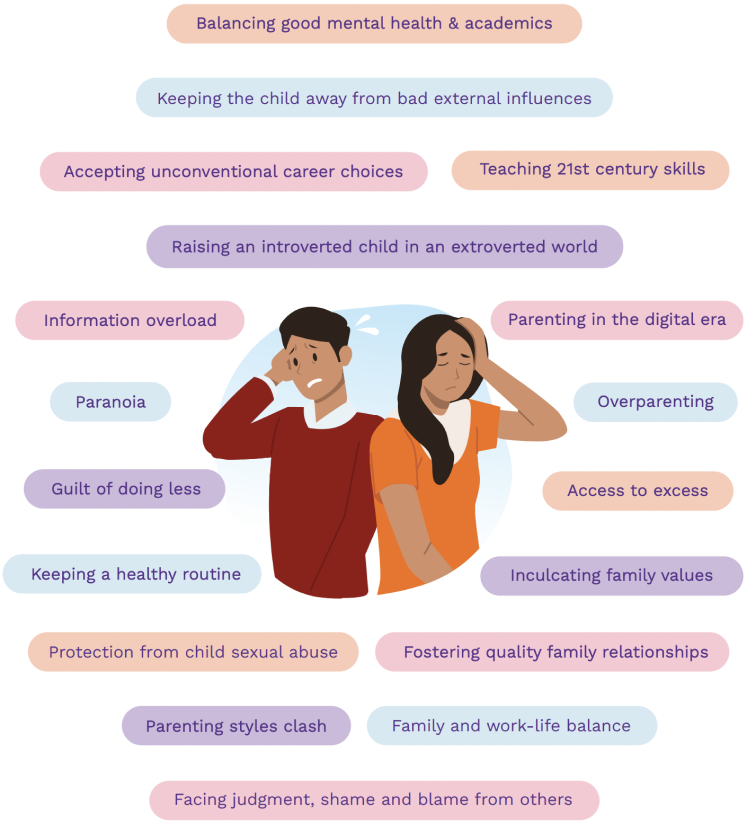
Given these myriad challenges, you may probably find yourself trying to figure out what parenting styles are the most effective. However, there is no perfect parenting style and no perfect parent. Also, there is no one glove fits all formula for parenting.

What would work instead is a unique combination of aspects from your own upbringing and childhood, your research and influences as a young parent, your in-depth understanding of your child, and the specific circumstances or situations (like geography, finances, single parent, etc.) in which you are raising your child.

Access this infographic for free
The views expressed are that of the expert alone.






